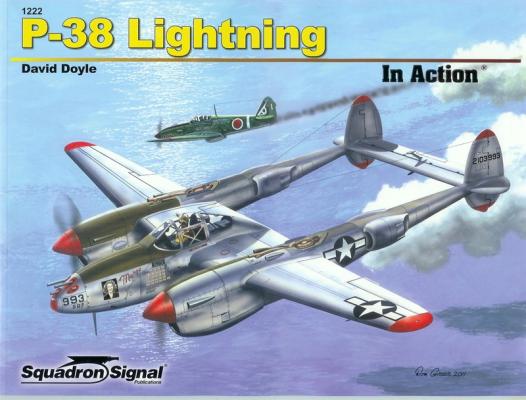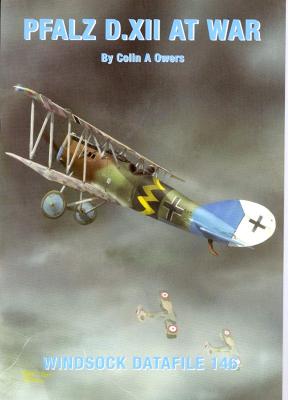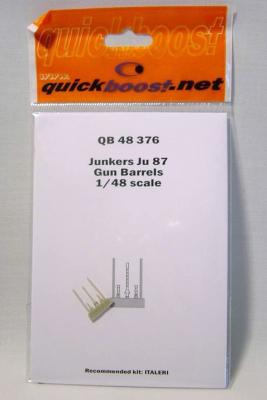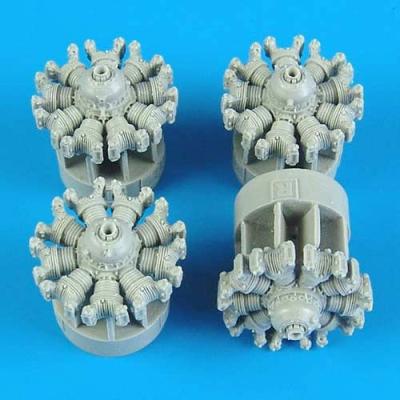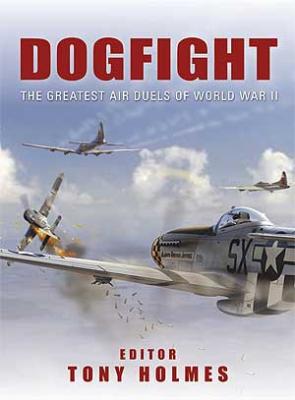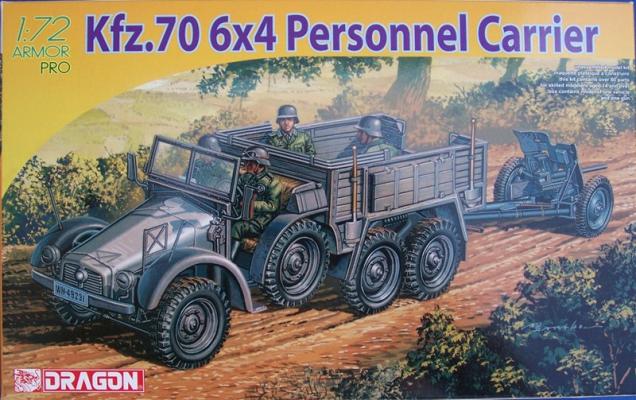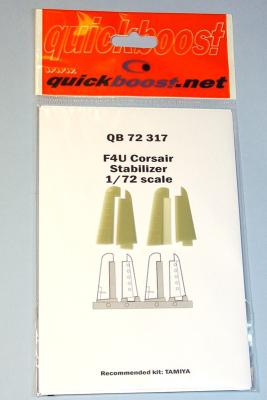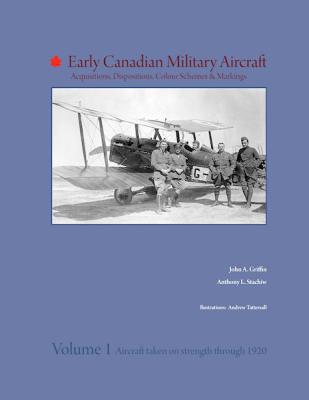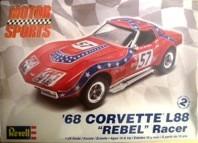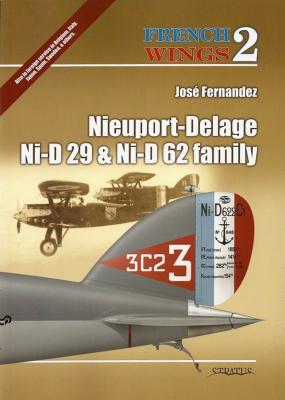I was very impressed by this publication from cover to cover starting with the cover artwork by Don Greer. Though it is published in a Walk Around Series bound book, it follows the In Action format of the airplane’s inception through each production version. The Introduction explains how the Curtiss P-36 Hawk pursuit aircraft became the P-38’s predecessor. Briefly, the Army Air Corps contracted in early 1937 with Curtiss to convert one P-36 to the new turbo-supercharged, liquid-cooled Allison engine. The redesigned P-36 became the XP-37. The Army Air Corps also issued a contract with Lockheed to design a turbo-supercharged twin engine aircraft in June 1937 and thus the P-38 Lightning was on its way to becoming one of the most popular pursuit aircraft of all World War II.
What's New
The story
The Pfalz D.XII was the logical development of the line of Pfalz fighters developed for the German Air Service during World War I, and it was tested and entered limited production towards the middle of 1918. The superb Fokker D.VII was already in mass production and widespread service, and the Pfalz product, while close, was not quite up to the Fokker standard in speed and maneuverability, only exceeding the Fokker in maximum diving speed. A clean two bay biplane, entering service when the steel tube fuselage D.VII was in service, the D.XII, while better than the D.III, could not compete effectively with the D.VII, and always remained an “also-ran”. It had its weaknesses, including the main landing gear, which had a tendency to collapse during any heavy landing, and its complexity did not endear it to maintenance personnel. In short, pilots preferred the D.VII.
PARTS
The Barrels in the sample are perfectly molded in resin. The details are sharp and the edges on the ends are thin and crisp.
I would recommend this Quickboost product to all model builders.
I would like to thank Quickboost for the sample and IPMS/USA for the opportunity to conduct this review.
The Quickboost line of after market parts just keeps growing and growing. This time they’ve done the Revell B-17G flying fortress engines. I was really excited when I saw that they were up for review because I had just purchased Revell’s new B-17G. Once the engines arrived I dove right in and started looking at the engine instructions and noticed that something just didn’t look right. I found out that the Quickboost parts are for the OLD Revell B-17G kit, not the new one. The engines in the new kit have been totally redone and have quite a few more steps to them than their older version. I went to Revells’ web site and checked the instruction sheet for the older version of this kit and also included the instructions for the newer kits engines. I didn’t have one of Revells’ older kits but I did have a Hasegawa B-17G in my stash.
I was expectingthe usual Osprey soft cover book; I was surprised how heavy the package was from IPMS reviewers’ corps headquarters. The book is 300+ pages. It appears that this book is a compilation of previous vs. series, although I have not read the individual titles myself so I can’t say for sure. Tony Holmes is the editor of this compilation as well he contributes the Spitfires vs. Bf 109E covering the epic “Battle of Britain” during the summer of 1940. Below is the table of contents:
The Kit:
Krupp’s Kfz.70 light truck was a workhorse for the German army throughout WW II. Initial production started in 1933 and continued through 1942 with a run of around 7000 units. It was often employed towing light artillery, particularly the PaK 35/36, 3.7cm anti-tank weapon. Dragon has released a kit of this ubiquitous vehicle in 1/72 scale and it’s a little gem. Molded in light gray plastic, the kit features highly detailed parts for both the truck and the towed cannon. The wood grain simulation on the side panels of the truck is noteworthy. Dragon provides decals for three versions, all from unknown units on the Eastern Front circa 1943. One is in winter camouflage. The instructions are typical for Dragon with exploded views showing eleven steps to complete the truck and two steps for the cannon. The last page is a painting and decal guide with color references keyed to Gunze Sangyo paints.
The Build:
Quickboost has provided the modeler with the means to show his Corsair model not with static elevators, but have them deflected. Cast in the usual fine grain resin, the only flash is on the stabilizer and that is on purpose to ease the extraction of the cast parts from the rubber molds. This flash is very thin and quite easy to remove, posing no problems. A razor saw and a pair of snips is all that is required to remove the parts from the casting gate. Quickboost has provided a drawing on the filler paper that shows what has to be removed.
The full title of this book is: Early Canadian Military Aircraft, Acquisitions, Dispositions, Color Schemes & Markings: Volume 1, Aircraft taken on strength through 1920 with credits to the authors above and also illustrations by Andrew Tattersall (aircraft) and Terry Higgins (maps).
This is the first volume of an intended series which will cover all Canadian military aircraft taken on strength from 1920 through 1938 -- there are 58 such aircraft, and this volume covers the first seven. It's easier to visualize the contents if you know the "taken on strength" date is effectively the first date a particular type is brought aboard, and not just the date individual aircraft were received. The first seven types were taken on strength in 1920 but many aircraft of a type arrived after that date and served through 1929.
History
The Story
Although many companies in France produced fighters during the interwar period, Nieuport manufactured two landmark fighters beginning with the end of World War I. The Ni-D 29 biplane fighter appeared at the end of the war, and was produced for the Aeronautique Militaire during the twenties, as well as in several foreign countries. Export models were also sold to Belgium, Italy, Siam, Argentina, Spain, and Sweden. By the mid twenties, it was obvious that a replacement would be needed soon, and Nieuport then developed a high wing monoplane replacement, the Ni-D 62 series, many of which were built with a small stub wing, making it sort of a biplane. There were numerous variations in the production models, with differences in powerplant, wing arrangement, and fuselage structure. These were first built for the French, but later, many were sold to Spain, Romania, and Brazil. These aircraft served for many years, some being used as trainers as late as 1940.

